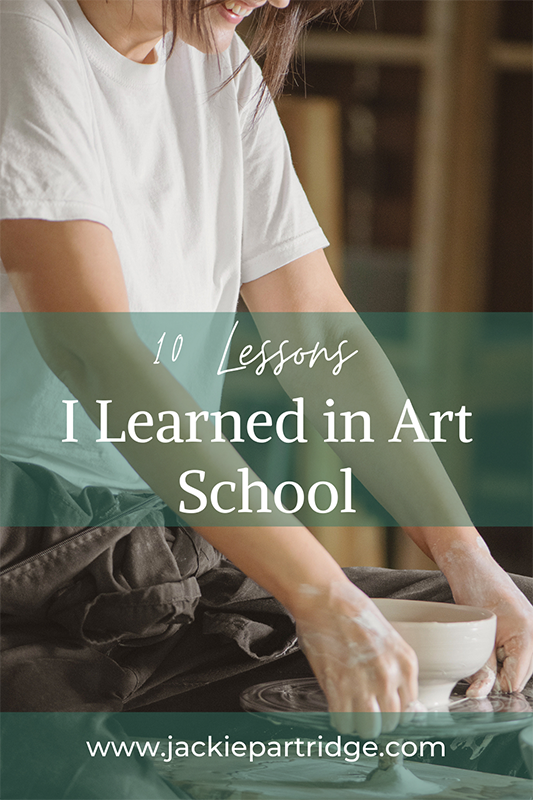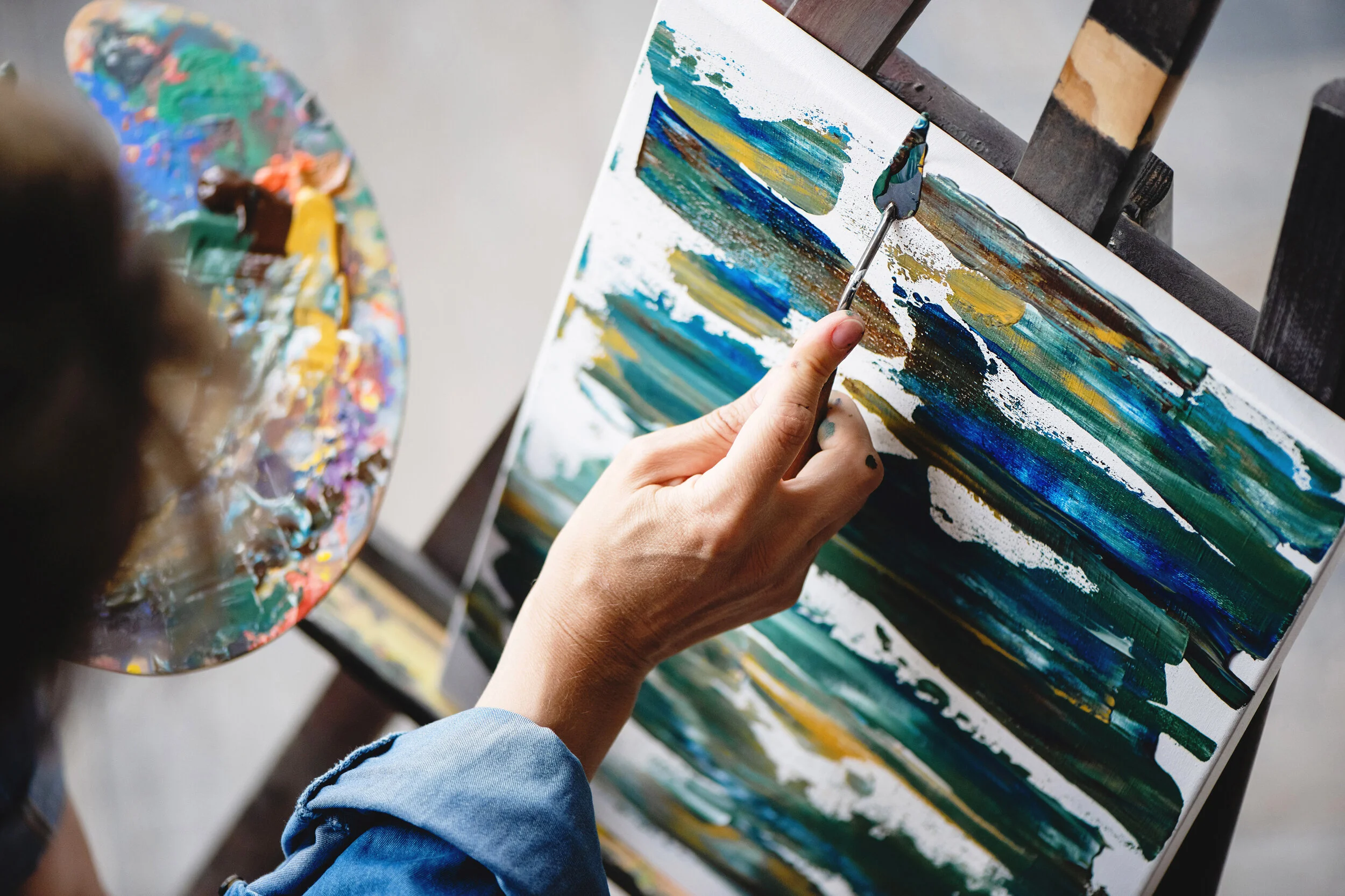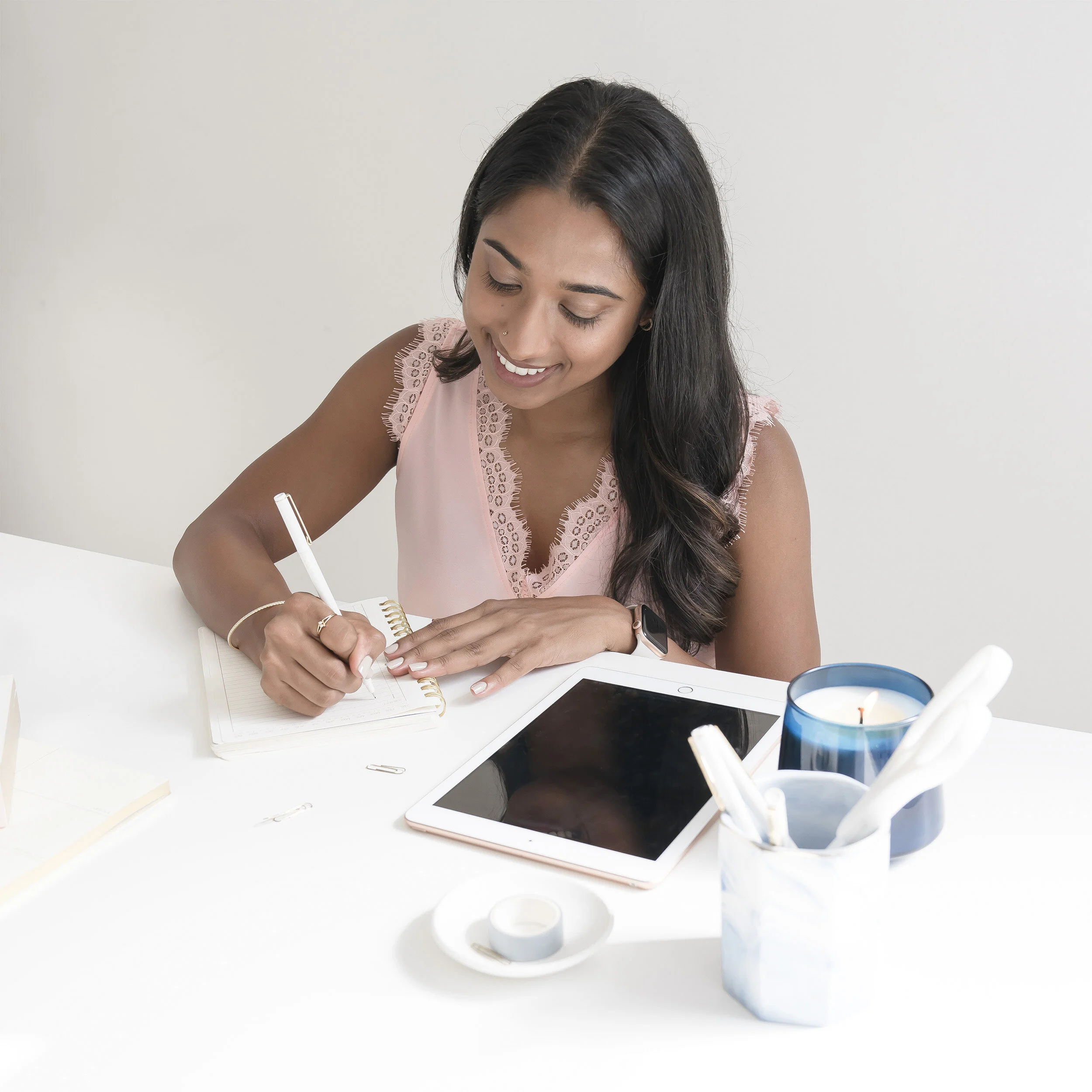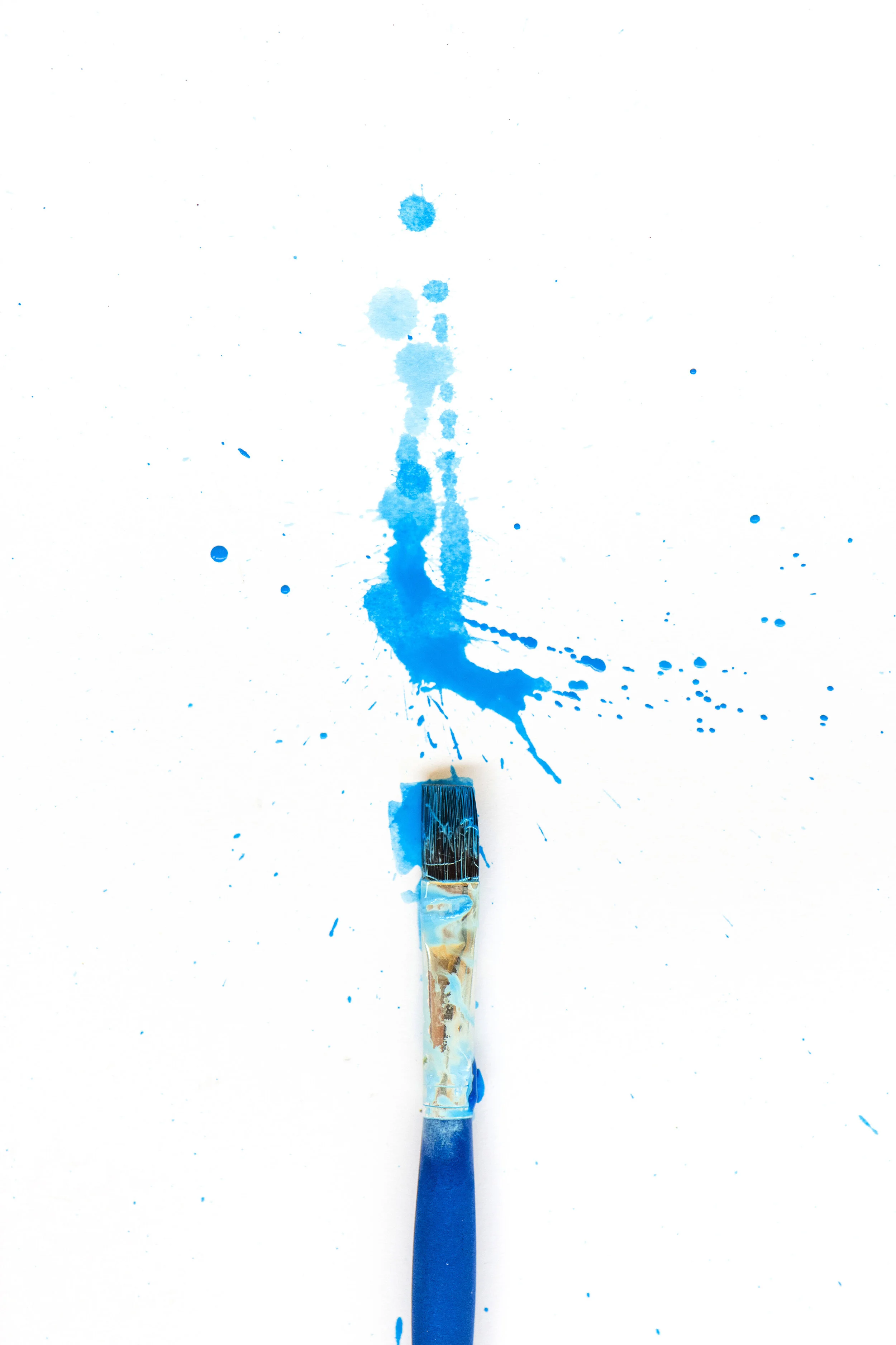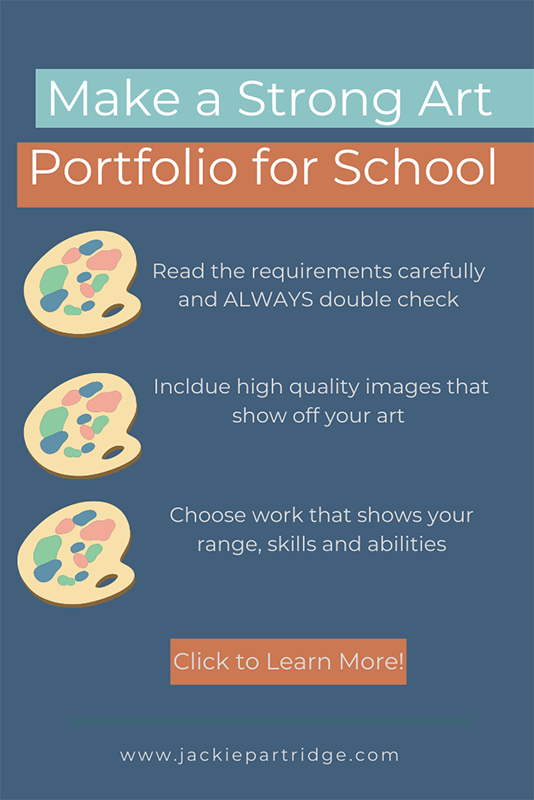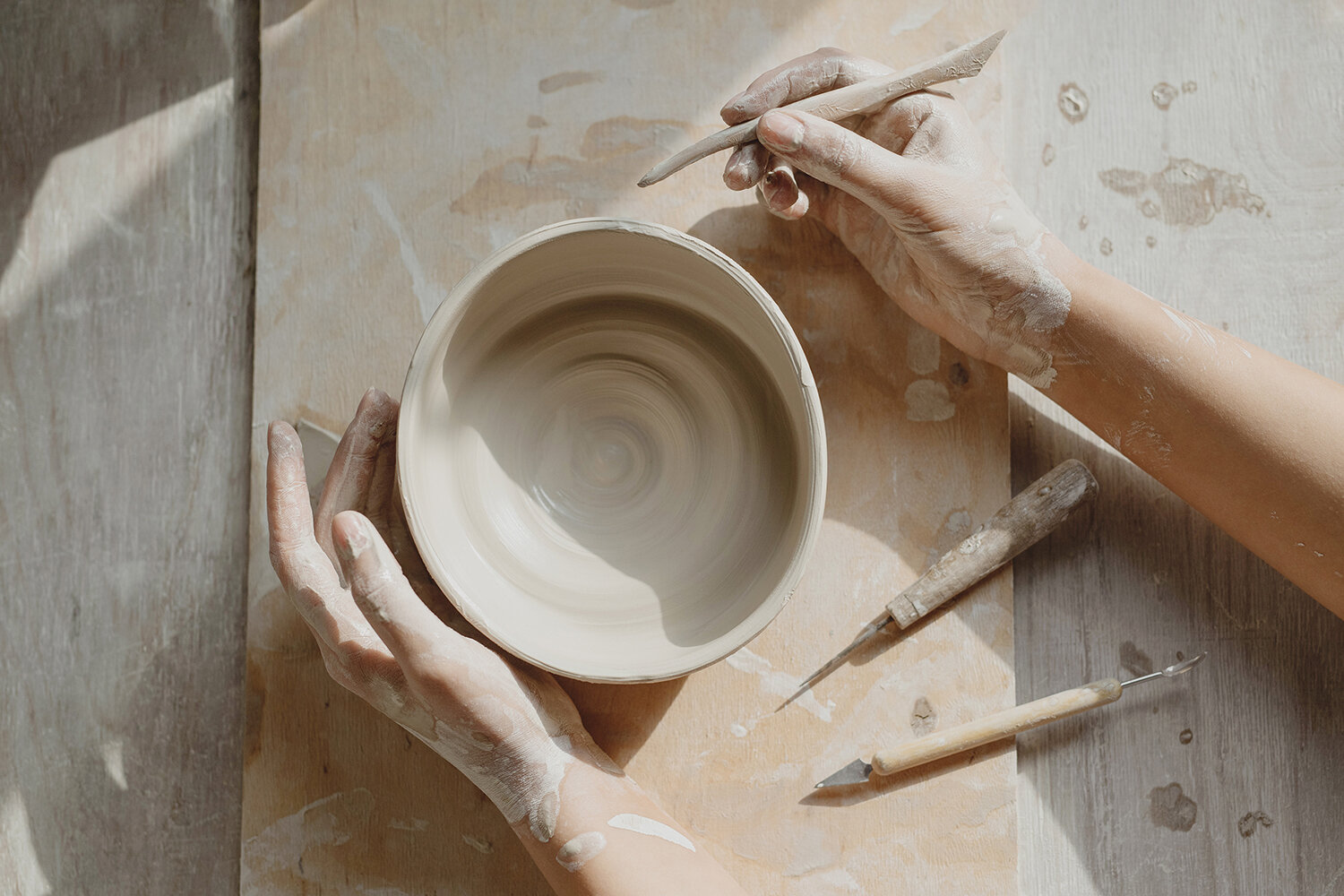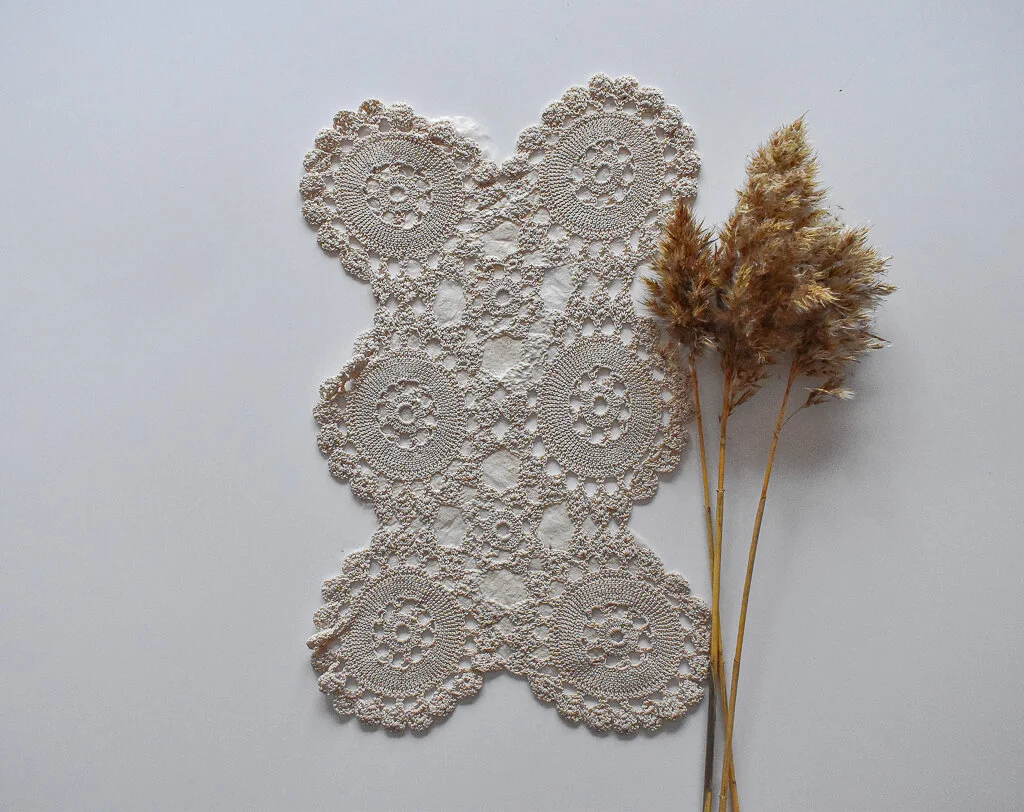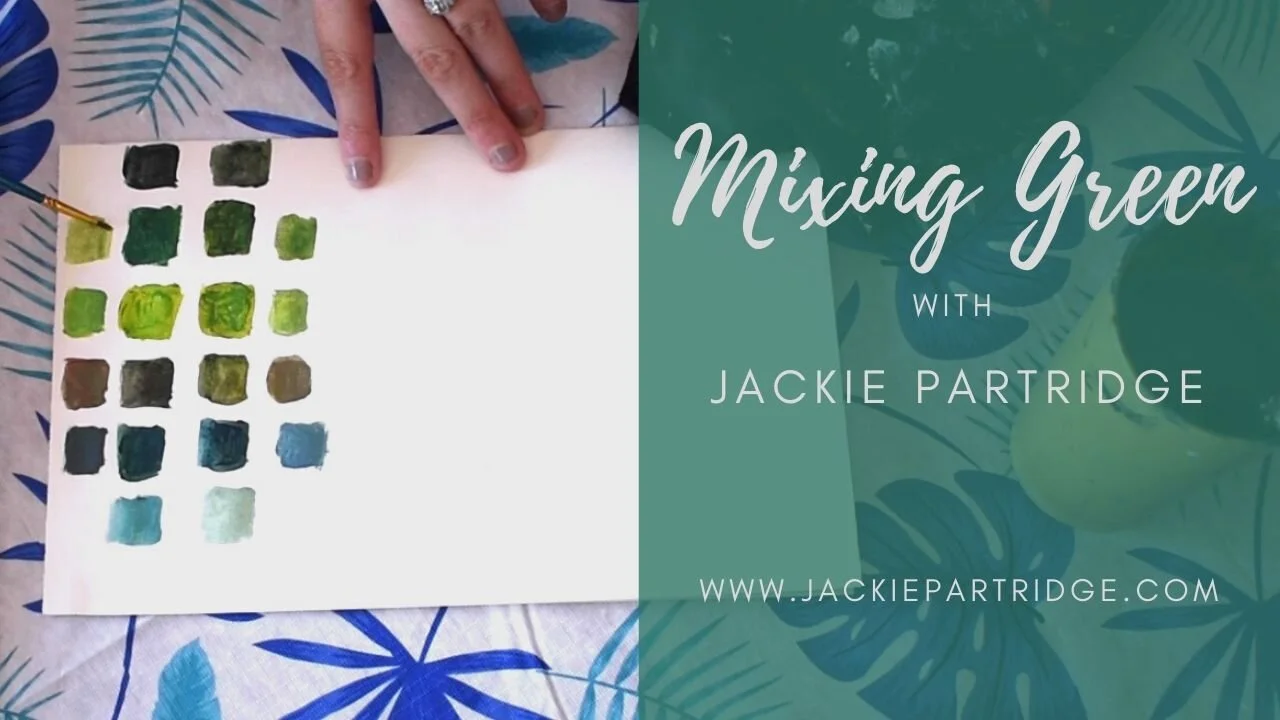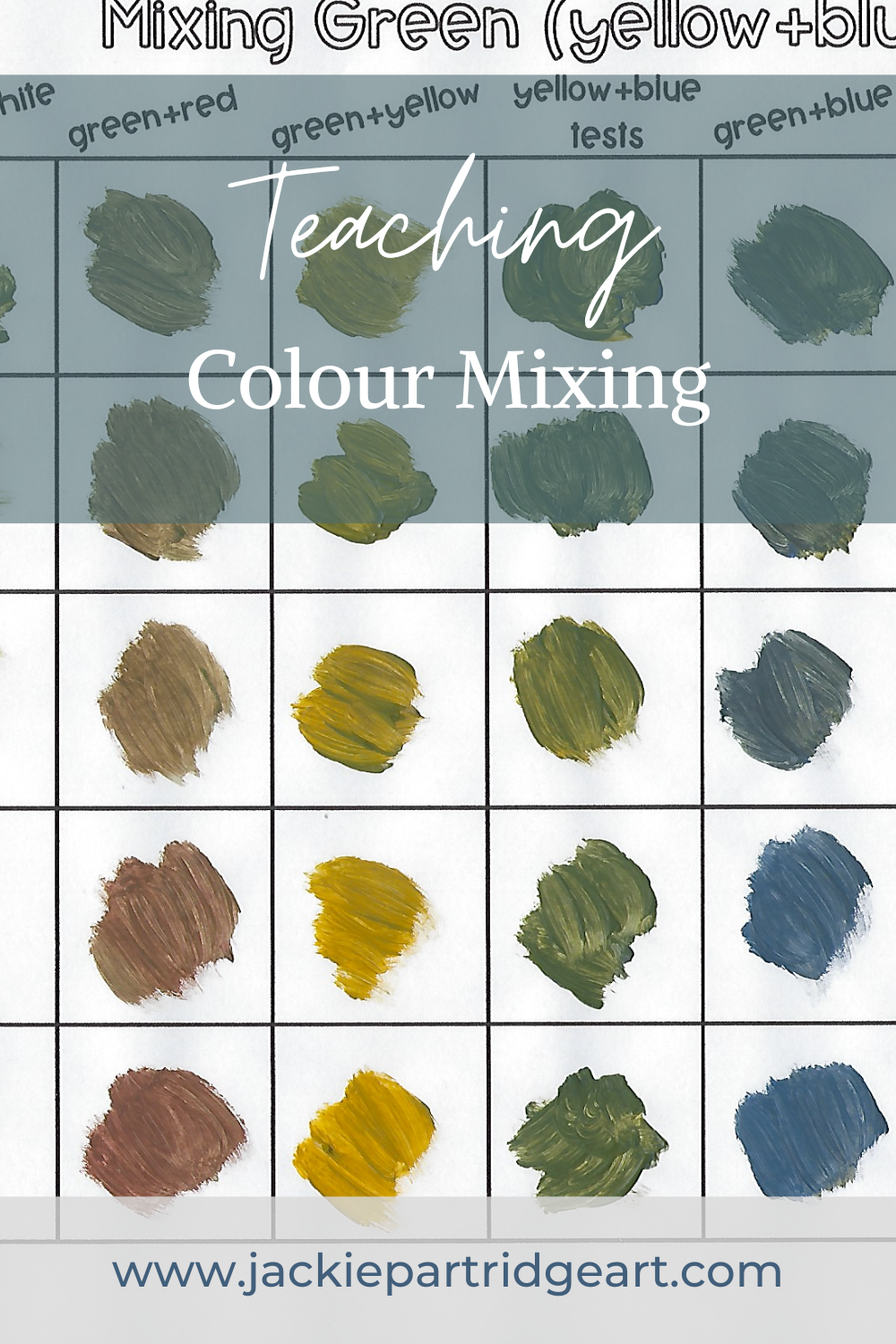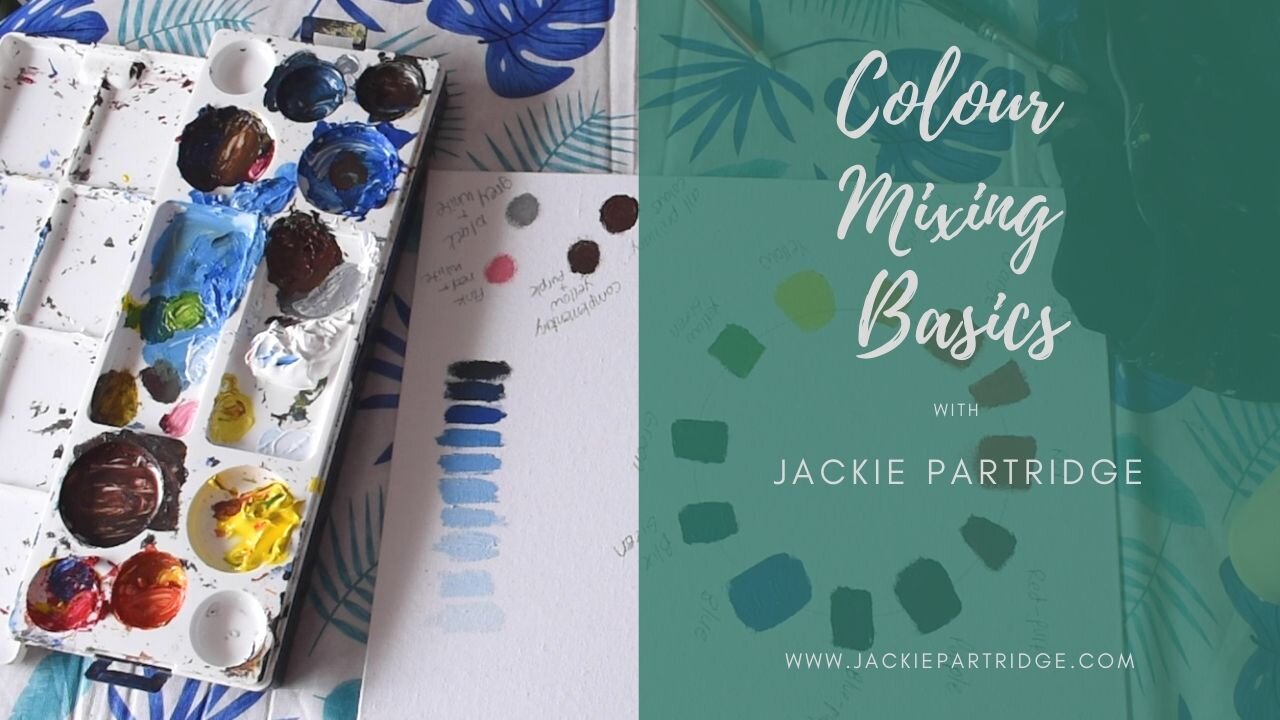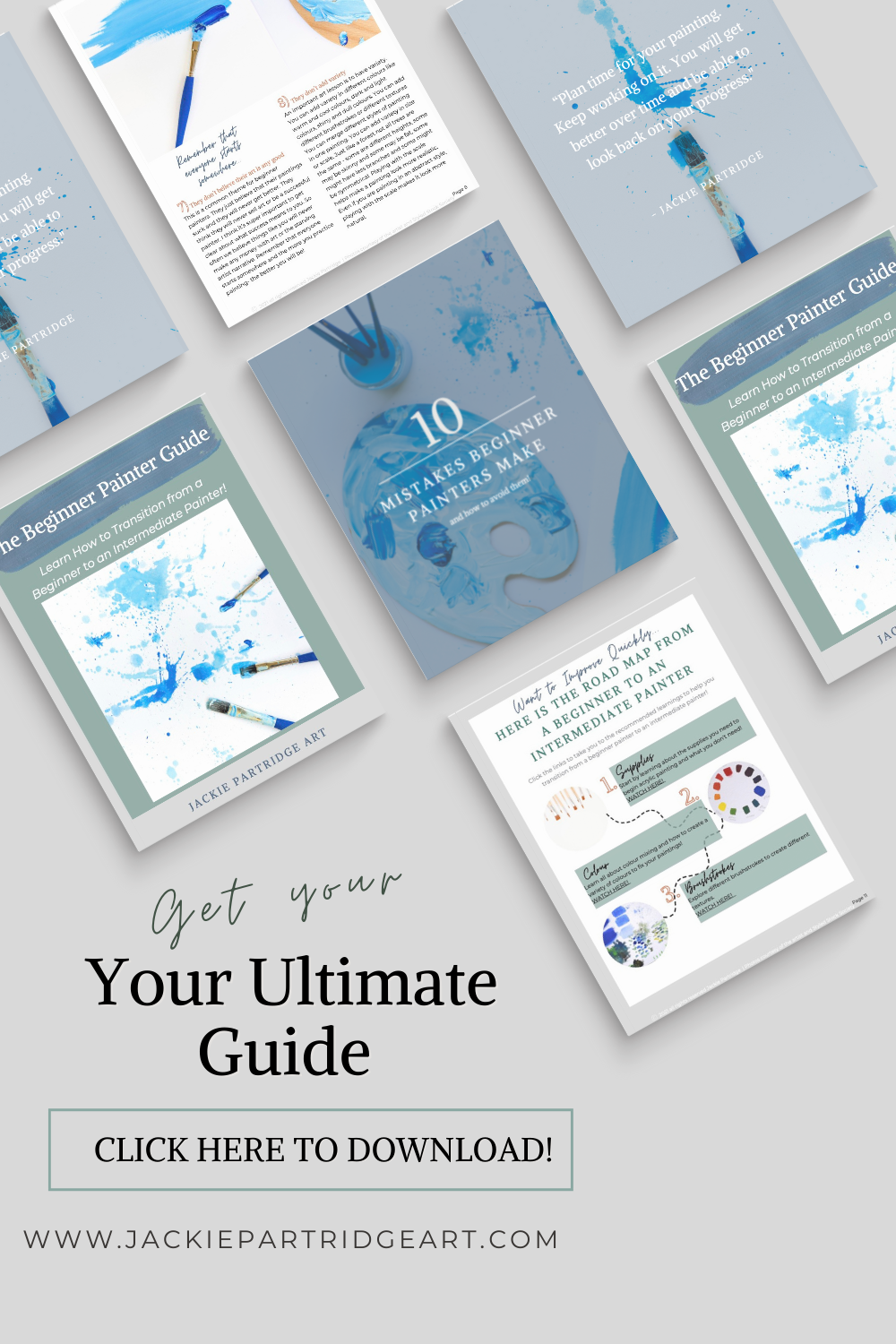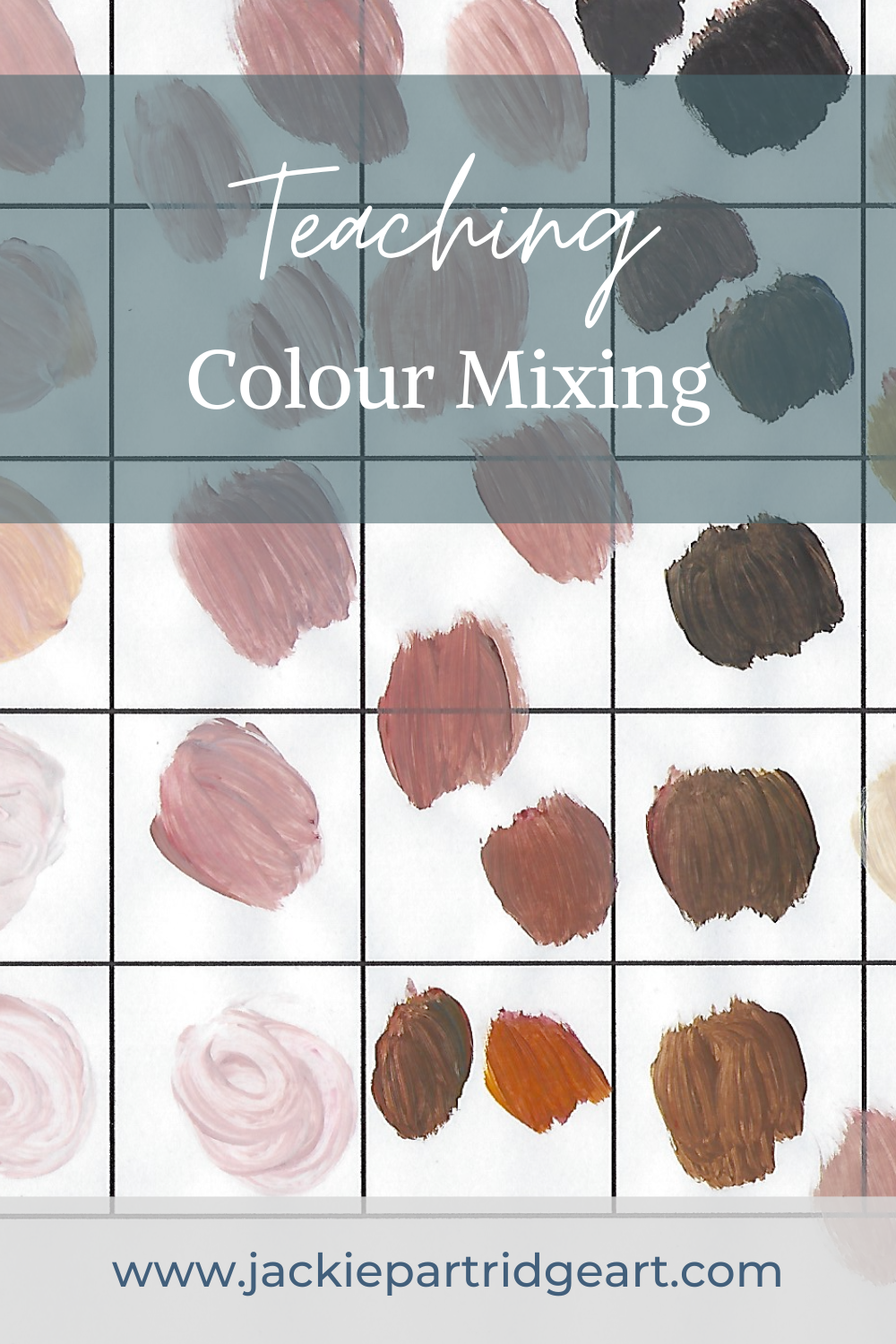Here are 10 lessons I learned in art school. While you can be an artist without going to art school I learned so many valuable skills while studying my Bachelor and Master of Fine Arts. I have also included some help in preparing your art portfolio for art school. Check out my tips for the 10 lessons I learned in art school below!
Lesson #1 Time Management
In post-secondary education there are a lot of deadlines and the same is true for art school. At the end of the semester there are critiques where you are presenting the art you have been working on and there are also papers and presentations in other classes. It is a lot to balance especially if you are working other job(s) like tutoring or being a teaching assistant on top of that! Art school taught me how to define my priorities, schedule my time, make goals and break down tasks so that I could accomplish everything!
Lesson #2 Listening to Feedback
In art school there are a lot more critiques than in high school. In high school I don’t remember really having any critiques. Critiques are a great chance to present your artwork to your classmates and professors and listen to their feedback. I would take notes in my sketchbook for each critique. Often, I would hear ideas to try, books to read, artists to research or changes to consider. It’s a great opportunity to really refine your listening skills. It’s less about you talking and explaining the work and more about letting the work speak for itself and hearing how people respond to your art.
10 Lessons I Learned in art school - click the image to pin this for later!
Lesson#3 Art Skills
Of course the main reason for attending art school was to focus on learning new art skills and enhancing existing art skills. While studying, I learned papermaking, printmaking, oil painting, figure drawing, still life drawing, ceramics, throwing pottery, screen printing, fabric dyeing, sewing, hand embroidery, crochet, Photoshop, taking quality photos of my artwork, and the list goes on and on. The more skills I was able to master the more diverse my art practice became and the more interesting my art was. Naturally I learned how to get better at acrylic painting and other skills! (Check out my FREE guide for acrylic painting at the end of this post!)
Want to go to art school but unsure how to create an art portfolio that stand out and gets accepted? Click the button below to join the waitlist and be the first to hear about my course!
Lesson#4 Making Money as an Artist
I went into art school thinking that the only way I could make money as an artist was through selling my art but I learned a lot of other routes artists take to make money like awards/grants, commissions in galleries, art licensing, teaching, art fairs and more! As an artist it is so important to have multiple streams of revenue to be able to count on having a consistent income. Read these tips on pricing your art!
Lesson #5 Networking and Relationships
Art school is where I made a lot of close friendships with people who really understand what being an artist is. I met wonderful professors that have helped me to get jobs, art sales and grants. The art world like any world is about connections and who you know. Networking is incredibly valuable and it is a lot easier to get opportunities through having some connections.
Jackie Partridge
Lesson #6 Budgeting
Being a student taught me how to budget and save. I lived away from school and learned I needed to save for unexpected and expected costs like art supplies. I became frugal with my money and avoided going out or spending a lot on clothes and entertainment. I also learned about taxes and how to create a budget when applying for an art grant.
Lesson #7 Presenting Your Artwork
I always thought an art gallery was the only place you could really showcase your art. I learned I could show it anywhere. I have shown my art online, in site-specific installations, outdoors, in rented buildings, on campus, in libraries and more! The possibilities are really endless which is always exciting!
Lesson #8 Confidence
Art school made me a lot more confident in my artwork. It allowed me to feel very proud of the art that I have created and it gave me confidence to apply for exhibitions, artist calls and grants. Hearing praise about my art boosted my confidence and helped to diminish my imposter’s syndrome that a lot of artists struggle with.
Lesson #9 Decision Making Skills
Art is all about decisions. From the title of your work to the materials you use -it all comes down to hundreds of decisions. It’s important to not overthink, trust your gut and be able to not waste time making decisions. I began to see my art as fluid. I could always rework something or install a sculpture differently the next time to truly learn from the experience.
Lesson #10 Taking Risks
I took a lot of risks in art school. It’s important to try things, to listen to feedback and to experiment. Art is really a series of experiments and taking your Master of FIne Arts is a learning process where you are learning about yourself just as much as you are learning about what kind of art and subject matter you are interested in.
Download my FREE guide for 10 Tips to Make an Art Portfolio for School Applications that Stands out!
You can purchase my art portfolio idea prompts
If you need coaching to help you with your art portfolio- answer questions, decide what pieces to put in your portfolio, learn how to make one and have it stand out- check out my coaching.
Related Articles
For help with your art portfolio -click here to read this helpful blog post!
6 tips for achieving your art goals
Join the art portfolio course waitlist
If you are wanting to improve your acrylic painting - you can download this FREE 16 page guide by clicking the button below! I show you the 10 common mistakes beginner painters make and what you can do to avoid them!
I hope you found these 10 lessons of what I learned in art school helpful!
All the best on your path to becoming an artist!
Click one of the icons below to connect with me on social media!
